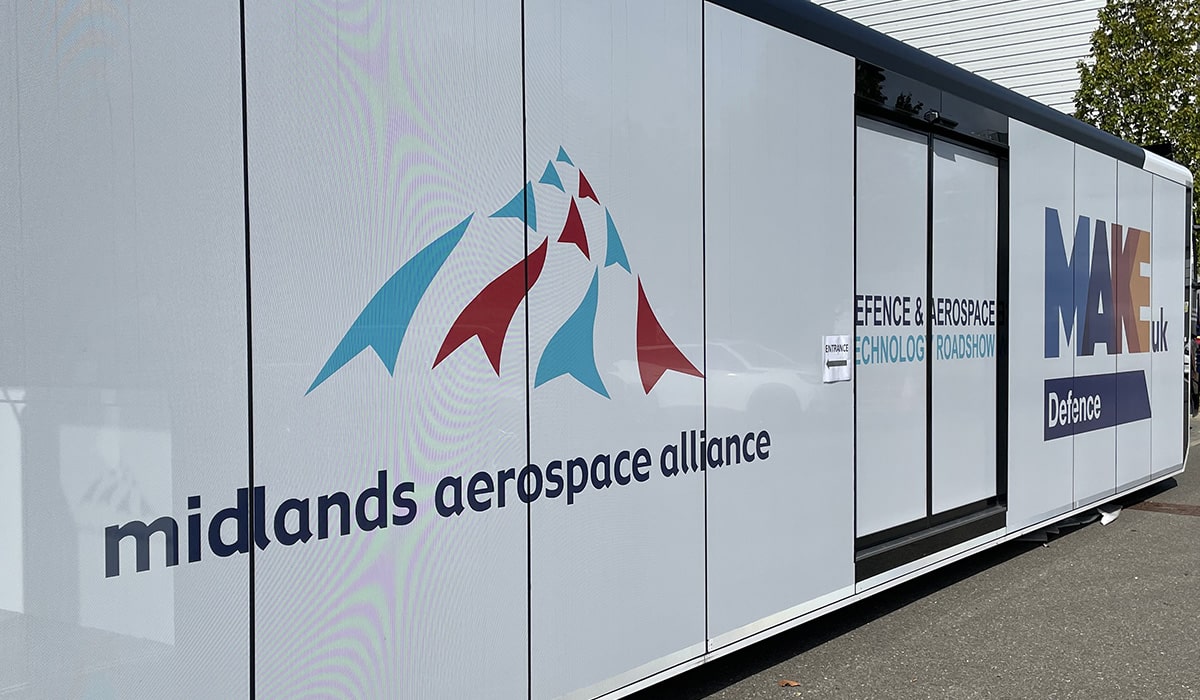Within Nitinol, the two metals are present in roughly equal atomic percentages. This alloy is characterised by a unique combination of super-elasticity, shape memory, and corrosion resistance.
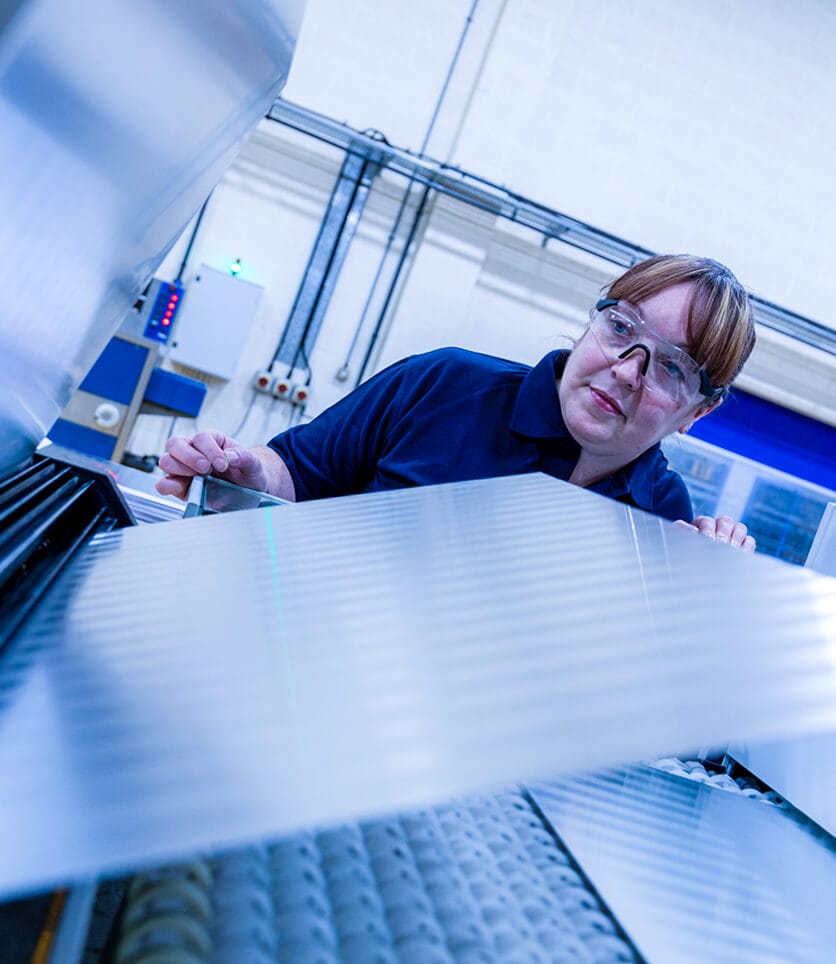
Nitinol was originally brought into practice in 1965 by William Buehler and Raymond Wiley (US patent 3174851). The new Nitinol etching capability is part of the company’s recent expansion, which includes new staff and state-of-the-art etching, cleaning, measuring, and inspection equipment.
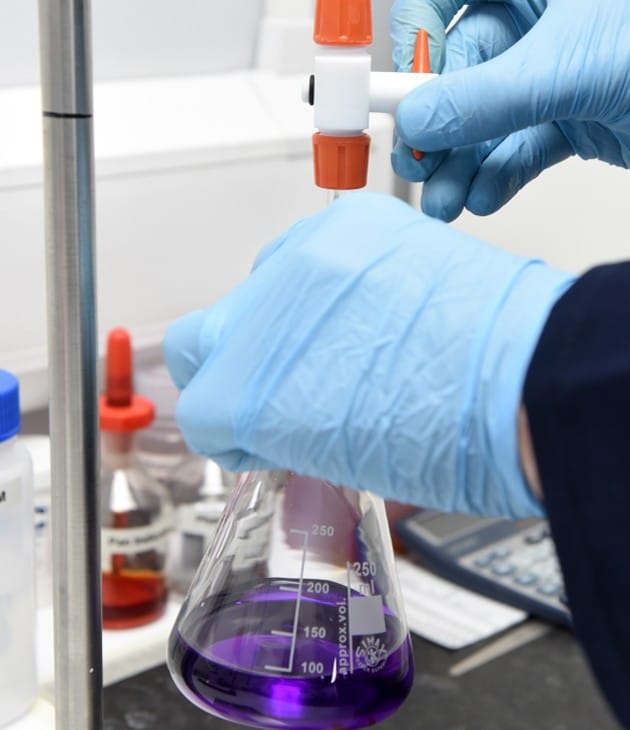
TiME Process For Nitinol
The TiME process can produce Nitinol parts incorporating complex features and geometries. Thicknesses ranging from 25 µm to 1.0 mm can be processed.
Safer, Non-HF Chemistry
Through a vigorous R&D programme, Advanced Chemical Etching has been able to develop safer, non-HF chemistry to etch Nitinol and other Titanium alloys.
No Altering The Chemical Makeup
Importantly, the process does not alter the mechanical and chemical properties of Nitinol, namely, its super-elasticity, shape memory and biocompatibility.
Shape Memory & Super-Elasticity
The Nitinol alloy can be shaped cold and ‘remembers’ its original shape and reverts to it when heated above the transformation temperature.
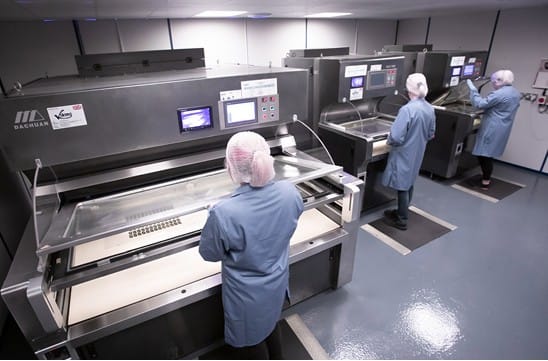
Medical Usage
Due to its shape memory, super-elasticity and corrosion-resistant properties, Nitinol etching is especially useful for medical applications.
Minimally Invasive Medical Devices
Nitinol etching is also becoming widely used in devices for minimally invasive interventional procedures, such as stents, graft support systems and filters.
Super-Elastic Stents
Super-elastic stents are guided into the body while they are tightly compressing and, when released, they spring back to their original larger shape thus holding open the blood vessel to improve blood flow.
Non-Medical Usages
There are also non-medical applications for Nitinol, such as in-temperature control where the shape memory of Nitinol can be utilised to activate a variable resistor or a switch. Nitinol is also used in mechanical watch springs and as an insert for golf clubs.
The shape-memory effect in NiTi was discovered in the early sixties at the US Naval Ordnance Laboratory (hence the name Nitinol).
Why Does Nitinol Have Shape Memory?
Nitinol can exist in two different solid structures: austenitic or martensitic. The austenitic crystal structure is highly ordered while the martensitic structure is less ordered and can be deformed quite easily. The ability of Nitinol to change its structure from austenitic to martensitic and vice versa gives Nitinol its shape memory and super-elasticity.
An Example Of Shape Memory
For example, if a straight piece of Nitinol wire is deformed into a coil at a temperature below its transformation temperature, the coiled wire will spring back to its original shape once it is heated above the transformation temperature.
How Does Shape Memory Occur?
Above a certain temperature, called the transformation temperature, Nitinol exists in the high-strength austenitic phase, whereas below this temperature, the alloy is martensitic and can be easily deformed.
Shape Memory Put Simply…
The alloy ‘remembers’ its original shape and reverts to it when heated above the transformation temperature.
This shape recovery occurs over a temperature range of just a few degrees. This temperature window can be adjusted by slight variations in alloy composition and through heat treatment.
What Is Biocompatibility?
Biocompatibility is the ability of a substance to be accepted by the body.
How Does Biocompatibility Relate To Nitinol?
Nickel is present in different human tissues at very low concentrations (~ 0.1 ppm), but higher concentrations of nickel can be harmful. In Nitinol, nickel and titanium form an intermetallic compound; in other words, the nickel is converted into a compound and is therefore chemically locked. As a result, there is no risk of nickel release from Nitinol implants into the body.
Nitinol Etching
Through a vigorous R&D programme, Advanced Chemical Etching has been able to develop a safer, non-HF chemistry for Nitinol Etching and chemical etching of other titanium alloys. Among its many advantages, the new TiME process is able to achieve tight tolerances, and the etched parts are stress- and burr-free. Importantly, the Nitinol etching process does not alter the mechanical and chemical properties of Nitinol, namely, its super-elasticity, shape memory and biocompatibility.
The TiME process can produce Nitinol parts incorporating complex features and geometries. Thicknesses ranging from 25 µm to 1.0 mm can be processed.
The new titanium and Nitinol etching capability is part of the company’s recent expansion which includes new staff and state-of-the-art etching, cleaning, measuring and inspection equipment.
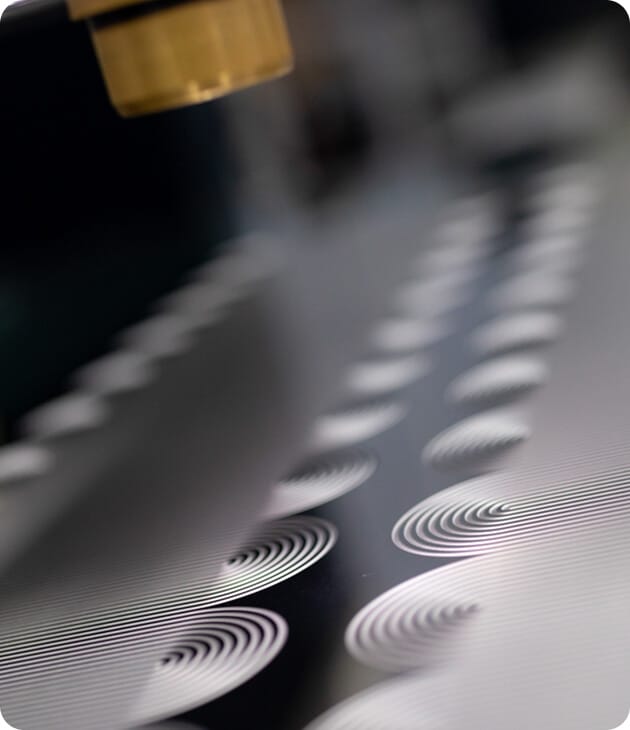
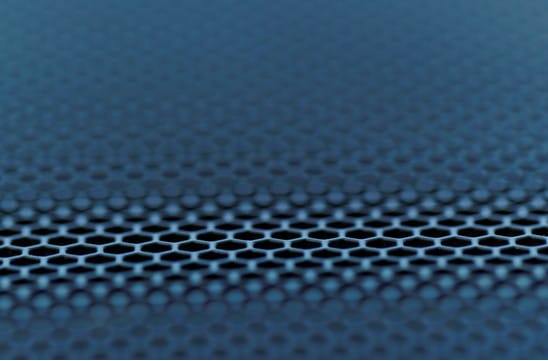
At ACE, we combine cutting-edge chemical etching technology with decades of expertise to deliver precision metal components.
Whether you're an experienced engineer, new to metal etching, or just curious about what we do, we’ve got you covered.


